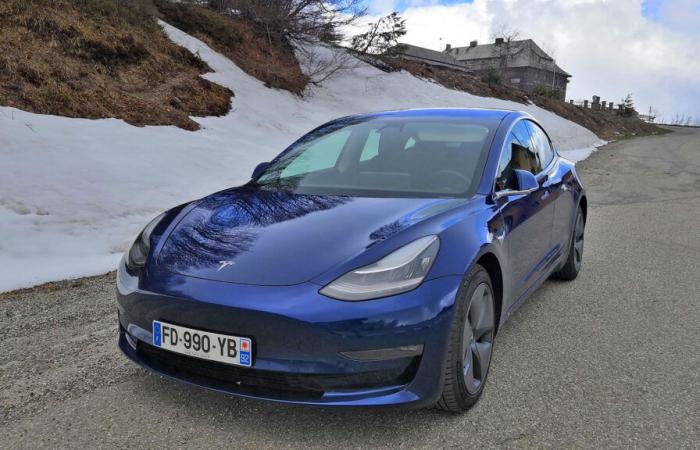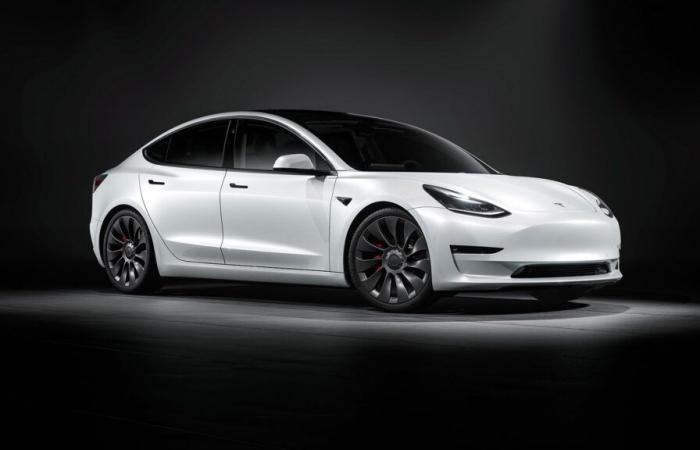Responsibility for the fatal accident in Paris in 2021, involving a Tesla Model 3, lies with the driver, who panicked. The Autopilot was not engaged, and no technical failure was noted.
In December 2021, almost three years ago, a taxi driver lost control of his Tesla Model 3 in the streets of Paris, killing one person and injuring several others. An investigation followed to determine what happened, coupled with a complaint against Tesla, the driver accusing the American manufacturer of a technical failure. The company quickly ruled out this hypothesis.
Noticing his car's speed, the person said he tried to brake, but his Tesla vehicle did not react. This is not what the final technical report published on November 21 concludes. The investigators, who corroborated other analyses, ruled: “ The main cause of the accident was the driver's failure to understand his mistake in pressing the accelerator pedal instead of the brake pedal. Panicked by such acceleration, he was unable to react to his environment or attempt any action to remedy this acceleration, including taking his foot off the accelerator.. »
Tesla Model 3 fatal crash in December 2021 caused by panicked driver
The cars assembled by Tesla are equipped with Autopilot, a set of driving aids that ensure peace of mind and safety when you get behind the wheel. For example, the vehicle can brake for you if it detects an obstacle that you did not see. Better still, in limited conditions in Europe and under your vigilance, it can go from point A to point B, managing acceleration and staying in the lane without human intervention.
Autopilot can easily be the target of criticism when there is a tragedy, since it becomes easy to accuse the Tesla car of a technical failure linked to these advanced assistances. This was the taxi driver's reflex to clear the air, blaming the braking system and highlighting the blocking of acceleration. The investigation proves him to be lying, already because the Autopilot was not active at the time of the events. Then, because the accident occurred due to his driving behavior and his “ lack of knowledge (…) of the operation and performance of the vehicle ».
Concretely, his Tesla used the emergency brake in the middle of Avenue d'Ivry, probably because he was already driving too fast because there was clearly no obstacle (AEBS system, or Automated emergency braking system) — the system is sometimes too sensitive. We can rule out possible phantom braking, a phenomenon which only occurs with active Autopilot. Following braking, his reaction was to mash the accelerator pedal, which deactivated the AEBS and significantly increased the speed of the Model 3.
Panicked, the driver did not take his foot off the pedal and moved onto the cycle path to avoid hitting the cars in front of him. At 118 km/h, he fatally mowed down the first cyclist. At 140 km/h, it destroys street furniture, “ including a glass container “, leaving around twenty injured. His race will end ” after the impact with a light utility vehicle in the intersection with rue de Tolbiac ».







